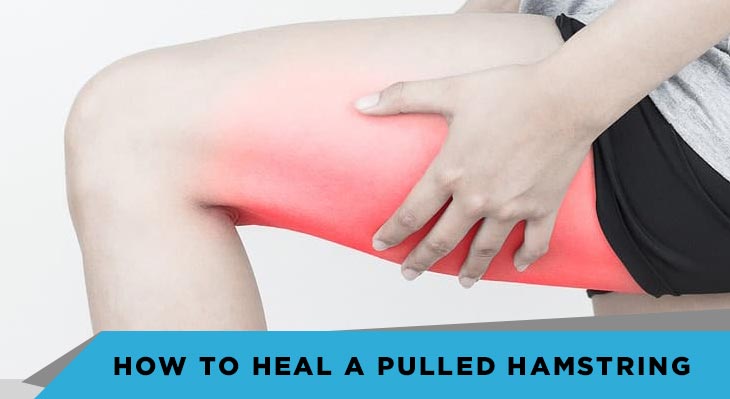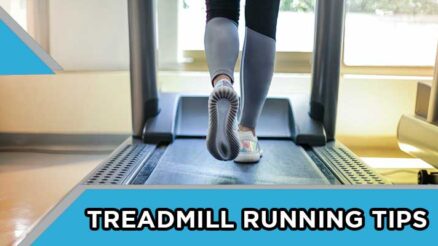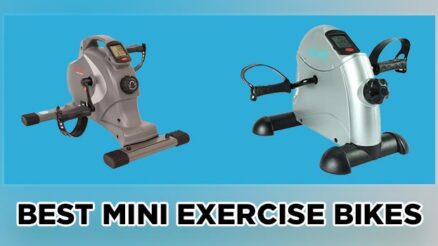Pulled hamstring or hamstring strain is extremely painful. It happens when one of the three muscles begins to tear or gets stretched. Remember, back of human leg has three essential muscles, such as semimembranosus, semitendinosus and biceps femoris. Make sure to start your treatment to Heal Pulled Hamstring immediately.
Symptoms of a Pulled Hamstring
Overloaded or overstretched hamstrings are the main reason behind this problem. As per the injury, the hamstring may tear entirely or partially. Here are some significant symptoms to identify the torn hamstring.
- Sharp, sudden pain
- A popping sensation during the injury
- Swelling in initial few hours
- Tenderness
- Bruising during the initial days
- Complete or partial weakness in a leg
- Inability to put weight on the leg
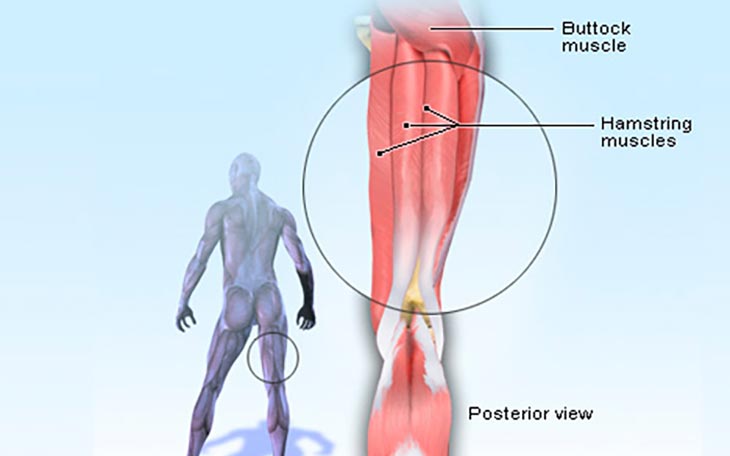
Diagnosis of Hamstring Strain
A physical therapist or trainer can diagnose a hamstring strain. Make sure to visit your doctor immediately for an examination. The doctor may ask some questions about the injury. This examination is necessary to find out the grades of strain.
Mild Strain (Grade 1): You will experience mild pain while using your leg. It will be minor with minimal swelling.
Partial Tear of 1 – 2 hamstring muscles (Grade 2): It may increase the chances of limp as you walk. Moreover, you will feel pain during physical activities. Remember, bruising and swelling will be visible. You may find it challenging to make your leg straight.
Complete Tear of 1 – 2 Hamstring Muscles (Grade 3): In this situation, you will feel pain and find it difficult to make your leg straight. You can notice swelling and walking become difficult for you.
Reasons for Hamstring Strain
Muscle overload is the main reason for hamstring strain. If you are running and your leg is entirely stretched out before striking your foot on the ground, it will increase the chances of strain. If your foot hits the ground with your weight on it, the muscles may be stretched too far.
Remember, people involved in jumping and sprinting is more prone to a hamstring strain. A pulled hamstring is common among dancers, basketball players, and lacrosse, football and soccer players. These injuries are common in the teen at their growth spurts.
The main reason is faster growth of leg bones that can pull the muscles really tight. As a result, your muscles will be susceptible to sprain. Here are some essential things that can contribute to hamstring strains:
- Lack of warming up before each exercise can be another reason. Remember, tight muscles can strain quickly than other muscles. You have to keep your muscles flexible and strong.
- Overdoing exercise or obesity can increase your chances of muscle injuries. Weak muscles can handle the exercise stress and impact the ability of muscles to absorb energy. Your weak muscles may become injured quickly.
- If muscles of your legs are imbalanced, you may bear a pulled hamstring. The quadriceps muscles at the front of the legs are powerful and large than hamstring muscles. You can involve them in activities.
- During running, the hamstring muscles may become tired as compared to quadriceps. These will be at a greater risk of strain. If you are using a poor running technique, it will increase the strain on the hamstring muscles.
- Returning to action quickly after your injury may increase the chances of a pulled hamstring. Remember, hamstring strains need sufficient time for healing. By working again, you can increase the chances of injuries.
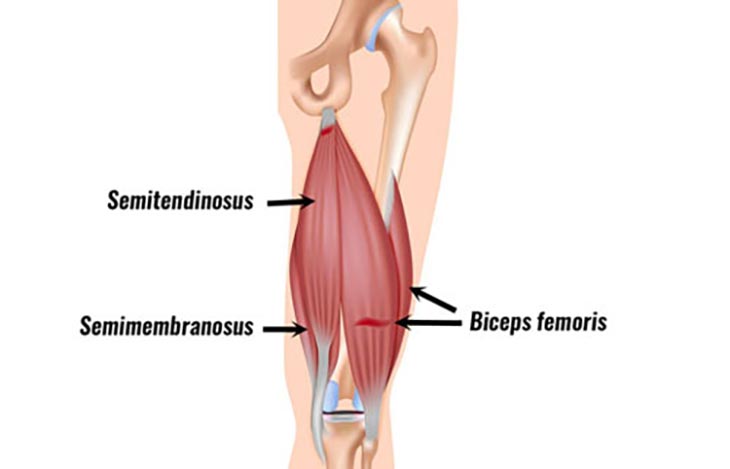
Tips to Heal a Pulled Hamstring
The critical stage of the hamstring may range from 1 to 5 days after an injury. You can take different routes for your treatment. Remember, initial treatment is the same for every injury grade. In the first step, you have to stop everything. It will avoid further stress on your muscles.
- Make sure to avoid pushing through your pain. Instantly, RICE (acronym) can help you. RICE means rest, ice, compression and elevation. It is essential to keep your leg in a rested position. Stop any movement to decrease the chances of pain.
- Wrap some ice in your towel and apply it on the affected area for almost 15 – 20 minutes. Repeat this process after every 2 – 3 hours.
- You can apply compression in the form of a brace. Compression shorts are available to counteract inflammation. Suitable byproducts are available to offer pain relief. These may decrease muscle vibration and offer support to muscles. It will help you to decrease the chances of injuries and increase the efficiency of muscles.
- The altitude of injury over the heart or at the same level may prove helpful to control swelling. It can decrease the speed of internal bleeding. Remember, you have to do it carefully under the observation of experts.
- After initial treatment, a physiotherapist will evaluate your injury to find out the level of the damage. They initially notice a decrease in tenderness, flexibility and palpable changes, including gaps or lumps.
- If you are feeling significant pain in hamstring muscles after injuries, you can use painkillers. These may include analgesics, such as non-steroidal anti-inflammatory drugs, codeine or paracetamol. Muscle relaxants and ibuprofen are available to control inflammation. Sometimes, crunches prove helpful in mobility.
Remember, early treatment is always beneficial to heal a pulled hamstring. It has several benefits, such as quick pain relief and a quick healing rate. This problem must not be left untreated because it may increase the chances of lingering pain. Moreover, it will become the reason for abnormal scar tissues, stiffness in joints and low levels of flexibility.
Final Verdict
To heat a pulled hamstring, you should wait patiently for almost five days to 3 weeks. You can slowly start stretching exercisers. Immediately visit your doctor for an ultrasound or MRI. Moreover, continue ice treatment in the initial weak.
In the second week, you can get the advantage of alternate cold and heat therapy. The heat will encourage bleeding; therefore, you must not use it at the early stages. The intensity and length of the massage session may be increased gradually to develop after 2 – 3 days. You should not start exercising too quickly to avoid re-injuries.

